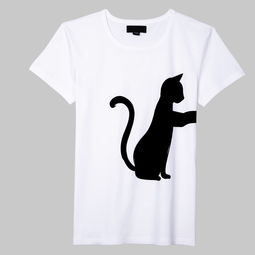Patchwork is a traditional craft of splicing different fabrics together to make new textiles. It has unlimited creative potential and can be applied to a variety of clothing design and production.
First of all, patchwork technology can use fabrics of different colors, textures and patterns to be combined to create rich and diverse visual effects. Designers can choose fabrics according to their own creativity and stitch them together to form unique patterns and decorative effects. For example, you can use patterned fabrics to match solid-colored fabrics, or inlay fabrics with different patterns together to create a distinctive outfit.
Secondly, the patchwork process can also achieve the diversity and layering of materials. By choosing fabrics of different thicknesses, textures and materials for splicing, you can create a rich feel and texture on your garments. For example, you can use coarse cloth combined with thin fabrics, or add leather, silk and other materials to create a complex layering.
In addition, patchwork technology can also be applied to creative pattern designs. Designers can create patterned monoliths by joining small pieces of fabric together. This fabric can be used to make decorations in different parts, such as collars, cuffs, belts, etc., making the clothing more interesting and unique.
Finally, the patchwork process is also conducive to recycling waste fabrics. By recombining and using discarded fabrics, waste can be reduced while adding a unique environmentally friendly element to clothing.
All in all, patchwork technology has huge creative potential and can achieve rich and diverse effects in clothing design. Designers can use their imagination and creativity to explore more possibilities and push patchwork craftsmanship to its extremes.







